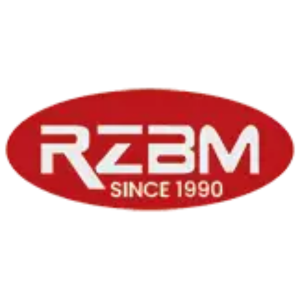
Rubaiyazueaid1157
Uploaded on Apr 25, 2025
Category
Business
Discover the essentials of ball valves, including their various types, common uses in plumbing and industrial systems, and key benefits like durability, easy operation, and tight sealing. Ideal for efficient flow control in diverse applications.
Category
Business
Understanding Ball Valves: Types, Uses, and Benefits
Understanding Ball
Valves: Types, Uses,
and Benefits
Understanding Ball Valves
Ball valves are essential components used to control the
flow of liquids and gases in various systems. They feature a
rotating ball with a hole through the center, which opens
or closes the flow when turned. These valves are popular
for their reliability, tight sealing, and easy operation,
making them suitable for both residential and industrial
applications.
Types of Ball Valves
There are several types of ball valves available, including
full port, standard port, V-port, and multi-port designs. Full
port valves provide unrestricted flow, while standard port
valves have a smaller ball opening. V-port valves allow for
precise flow control, and multi-port valves are used for
switching between different flow paths. Each type is
designed to suit specific pressure and flow conditions.
Common Applications
Ball valves are widely used in industries like oil and gas,
water treatment, manufacturing, and HVAC systems. In
residential plumbing, they are commonly installed in
water supply lines. Their simple design allows for quick
shutoff, which is crucial during emergencies. Their
versatility and durability make them ideal for a wide
range of applications.
Key Benefits
One of the main benefits of ball valves is their low
maintenance requirements. They are less prone to wear
and tear because of their quarter-turn operation and
minimal friction. Additionally, ball valves provide a tight
seal, even after long periods of disuse, which helps
prevent leaks and system failures.
Key Benefits
One of the main benefits of ball valves is their low
maintenance requirements. They are less prone to wear
and tear because of their quarter-turn operation and
minimal friction. Additionally, ball valves provide a tight
seal, even after long periods of disuse, which helps
prevent leaks and system failures.
Conclusion
In conclusion, understanding the different types,
uses, and benefits of ball valves helps in selecting
the right one for your system. Whether it’s for a
home plumbing setup or a complex industrial
application, ball valves offer efficient and
dependable flow control. Their durability and ease of
use make them a trusted choice across various
sectors.
Thanks!

Comments